Carrots, self-actualisation or a better world: What motivates us to work?

(Illustration by Giphy)
BOOK REVIEW: Over the past 100 years, researchers have studied what motivates us to work. A new book sums up the trends and conclusions.
ResearcherZone | 24. Nov 2020
Written by Peter Holdt Christensen, Associate Professor, Department of Management, Politics and Philosophy, CBS. Translated by Helen Dyrbye.
We encounter motivation every day. When special offers tempt us to hustle to a shopping centre or web shop to get something cheaper than ever before.
And when spending hours on end at the fitness centre or jogging to get in shape for summer. Or when sorting our household waste so that some can be recycled to benefit the climate. Or when a boss praises us for going the extra mile.
Motivation is about something that gets us mobilised, and because we consciously or unconsciously wish to achieve something – like praise from our boss or a more attractive beach body – we use lots of energy on behaviour we would not normally have displayed.
Motivation is therefore an important trigger for our behaviour; regardless of whether the behaviour takes place at or outside our workplace.
In my new book ‘Motivation på arbejdspladsen (motivation in the workplace)’ I focus on job motivation. As a research field, job motivation has basked in the spotlight for more than 100 years, and includes many explanations of what, why and how to motivate employees.
Motivation gets people mobilised. However, sources of human motivation have also shifted over the years, and motivation no longer involves just money – a trend that is the focal point of this article.
Motivation and shifting work conditions
The word motivation is derived from the Latin words motio, moveo, movere, movus and motivus, which are reflected today in words such as mobility, motion and motor. These can be translated into movement, mobilise or being moved emotionally.
Appropriately enough, research into motivation is also moving in the sense that how we work and that the conditions we work under are constantly changing.
For example, the term “gig economy” has emerged to define the increasing number of people who do not have, or choose not to have, full-time jobs and freelance instead. Just as musicians are hired for gigs at various venues.
On one hand, this can compromise job security and thereby reduce motivation, but on the other hand, the more flexible work tasks undertaken can increase an individual’s experience of autonomy and thereby increase their motivation.
Researchers also discuss how younger generations of workers require more frequent feedback.
In addition, a number of our collegial interactions at work are gradually being replaced by digital interactions. We may therefore rarely meet face to face as we are working at physical distances – a trend accelerated by the coronavirus pandemic.
It can then be more difficult to feel we belong to a social community, which can risk reducing motivation.
And just like society, workplaces are also changing. More recent motivation research has therefore focused on new ways to motivate employees.
A brief history of motivation research
At the core of earlier motivation research conducted in the early 1900s, people were viewed as passive, devoid of any real deliberations, for example, on the meaningfulness of work.
People were therefore seen as ‘containers of behaviour’. The lack of nuances surrounding people’s own will and curiosity is magnified by the fact that, in days gone by, motivation research (which was called behaviourism) was based mainly on animal experiments.
Behaviourism was pioneered by American psychologists Edward L. Thorndike and Burrhus F. Skinner and was designed to study how passivity can most effectively be transformed into motion.
This was achieved largely by provoking a desired behaviour through conditioning.
This involved consistently rewarding laboratory animals with food when a specific behaviour was displayed. The laboratory animals were tempted with treats (food) and learned to perform a particular behaviour in return for a reward.

(Illustration by Giphy)
This thinking is also recognisable today as motivation is often illustrated as an individual facing a suspended carrot.
In other words, the method relies on tempting with a treat while also ensuring that the passive individual has been trained to know how this treat – such as food, sex, praise or promotion – can be achieved through motion.
The 1940s: “Self-actualisation” – an essential new concept
In fact, the assumption of the passive individual did not become nuanced until the late 1920s. In addition to highlighting that people are far from always passive and may actually be interested in their work, people are now considered more as social beings.
The American psychologist Abraham H. Maslow published his article called “A theory of human motivation” in 1943. In it, he criticised past motivation research mainly for exploring and explaining what motivates people based on experiments with animals. Secondly, his – at the time – revolutionary new view of people also focused on people also needing what he calls self-actualisation.
1950s: Differences, similarities and interests motivate
During the 1950s and 1960s, Maslow’s theory gained ground, describing people as more active and focused on self-actualisation. Understanding the importance of other people for individuals’ motivation also developed to the extent that motivation changed from being absolute to now also being viewed as relational.
Consequently, the financial reward itself is not what in itself can motivate individuals but the financial reward compared with colleagues’ financial rewards (for example, whether we are paid more or less than our colleagues), which can either motivate or demotivate us.
In other words, motivation research also began to focus on the importance of others.
A range of researchers also began focusing on people being innately active and curious. The source of motivation, called internal (inner or intrinsic) motivation, is the innate interest in a work task.

(Illustration by Giphy)
Although, back in 1943, Maslow had suggested that internal motivation was the individual’s need for personal development, for example, motivation research did not begin to focus on internal motivation until the 1960s.
Recent research: We are motivated by pleasing others
In recent decades, internal motivation has dominated research – particularly the aspect that when working, individuals can pursue their internal motivation.
Moreover, in recent years, motivation research has centred on people being motivated by making a difference to others.
In other words, a significant shift has occurred from being self-centred in the form of wanting a higher salary, for instance, to being other-centred, with motivation at work coming from having the opportunity to please others.
From money and passion to a better world
Overall, motivation research has therefore developed significantly from the first assumptions about people being passive, to now focusing on people (also) at work wanting to make a difference to others.
Motivation research therefore reflects the complexity inherent in people and, of course, workplaces must support this by introducing a wide range of motivational factors.
Motivation therefore embraces everything from money and social communities to curiosity and passion, while also including the desire to make a difference to others and generally make the world a better place.



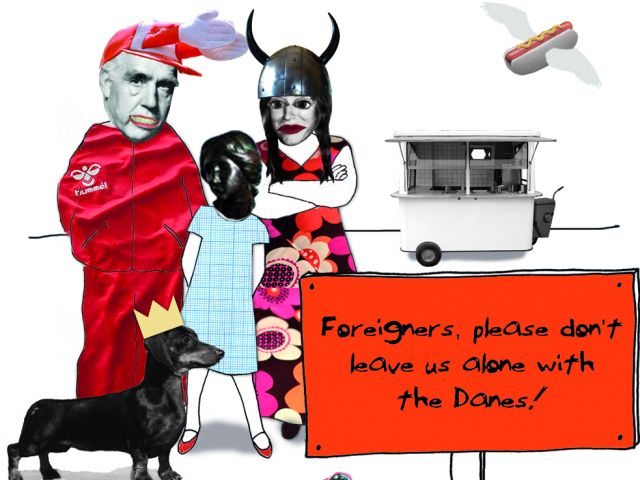

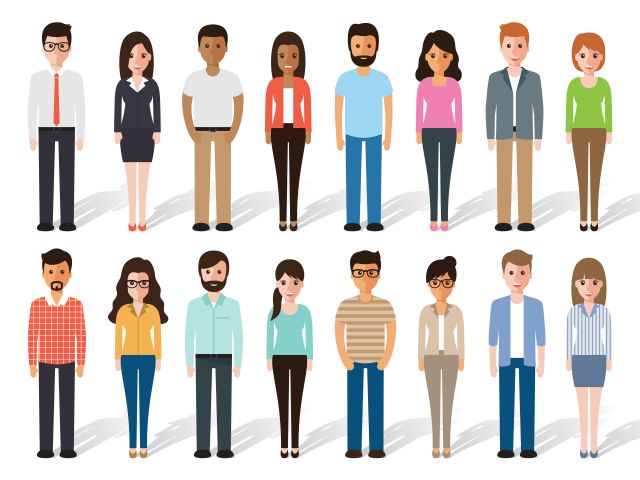


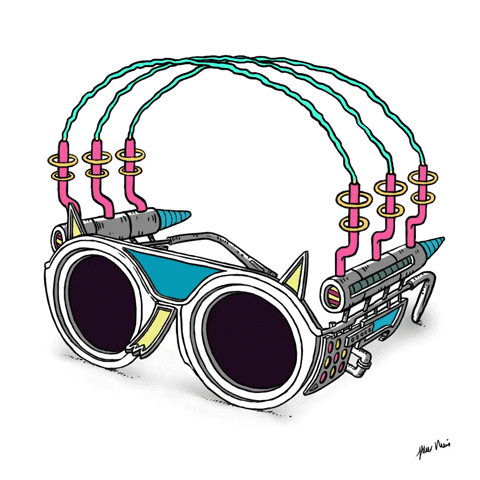
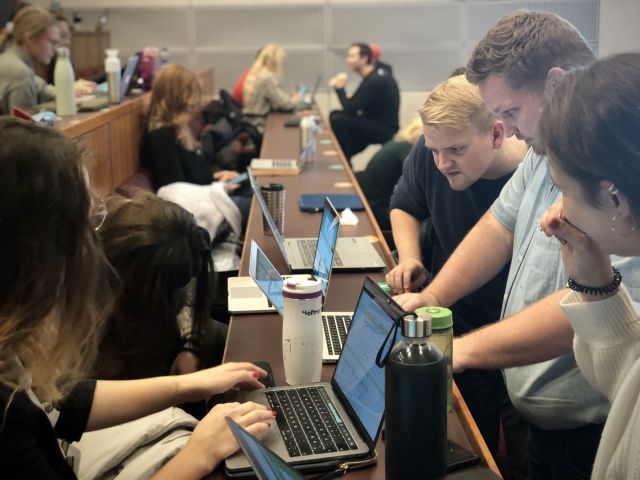

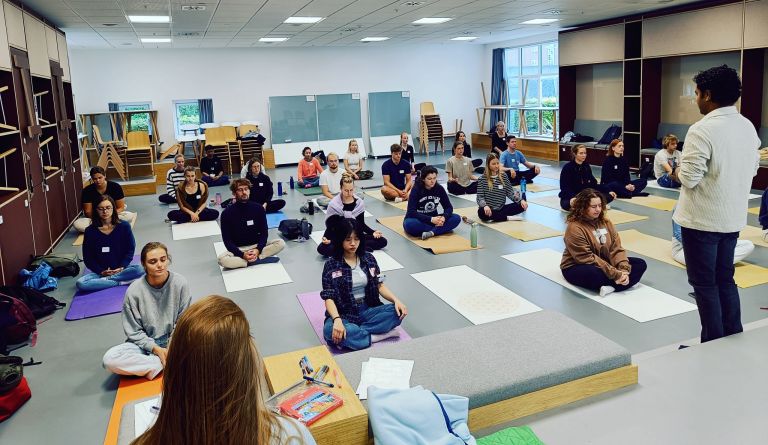
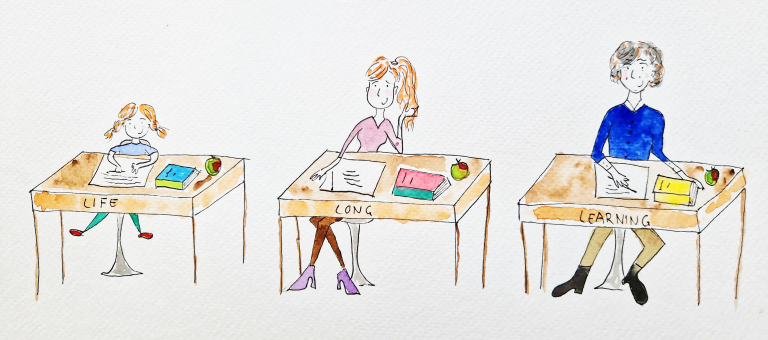


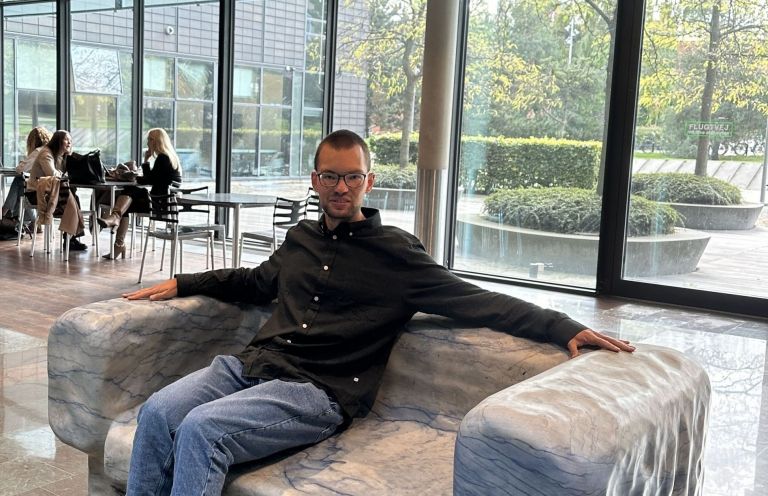



















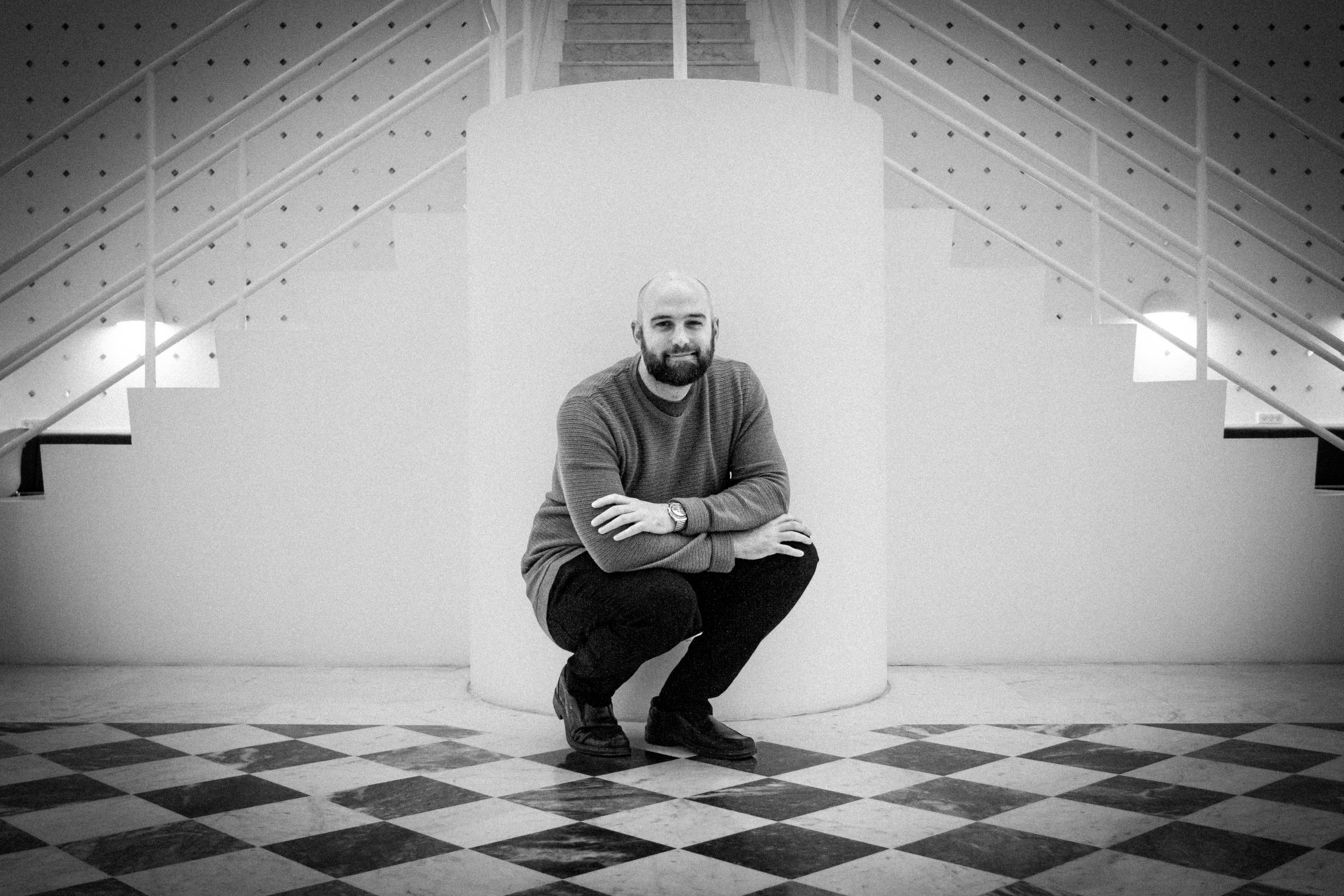


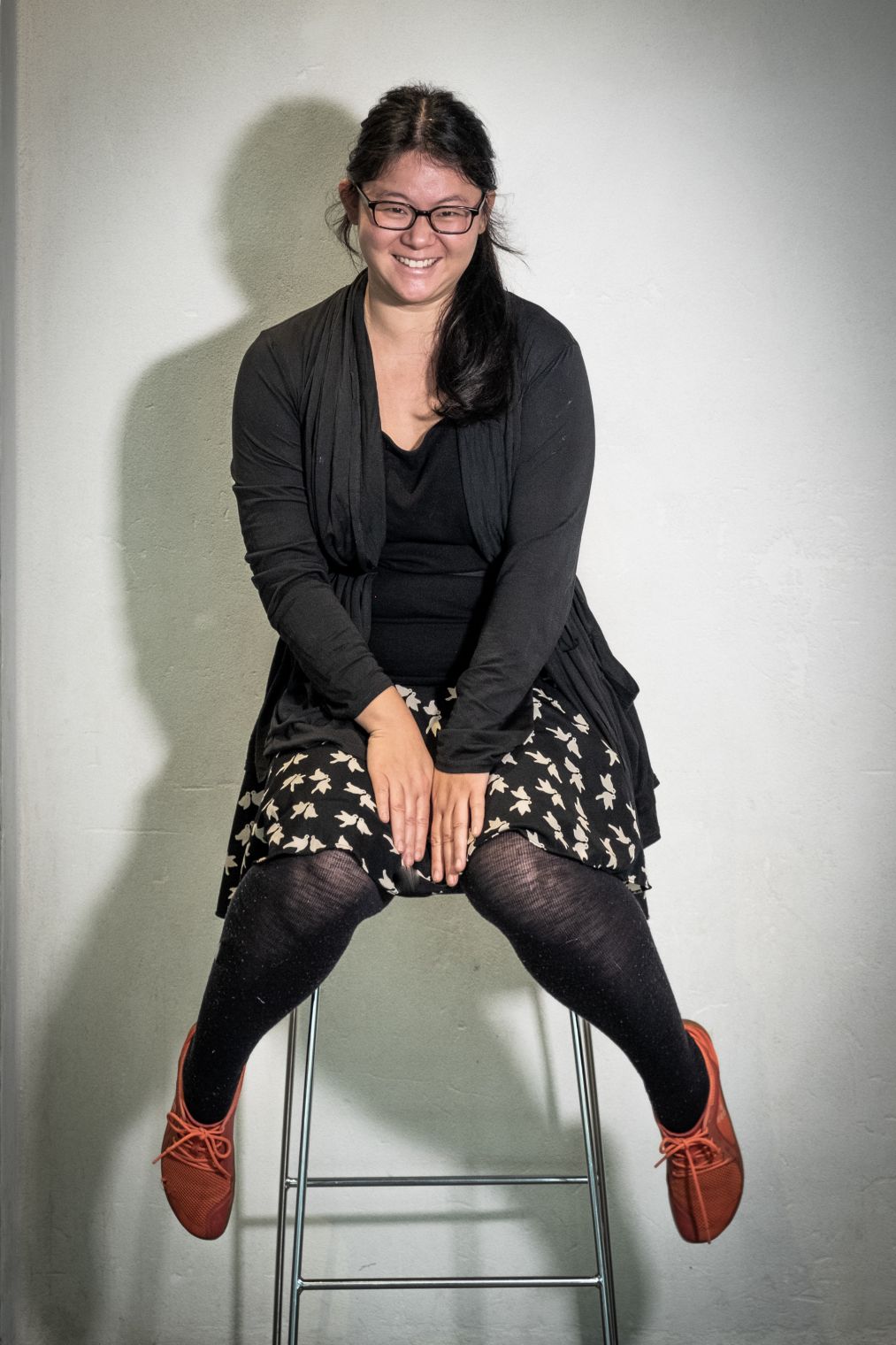


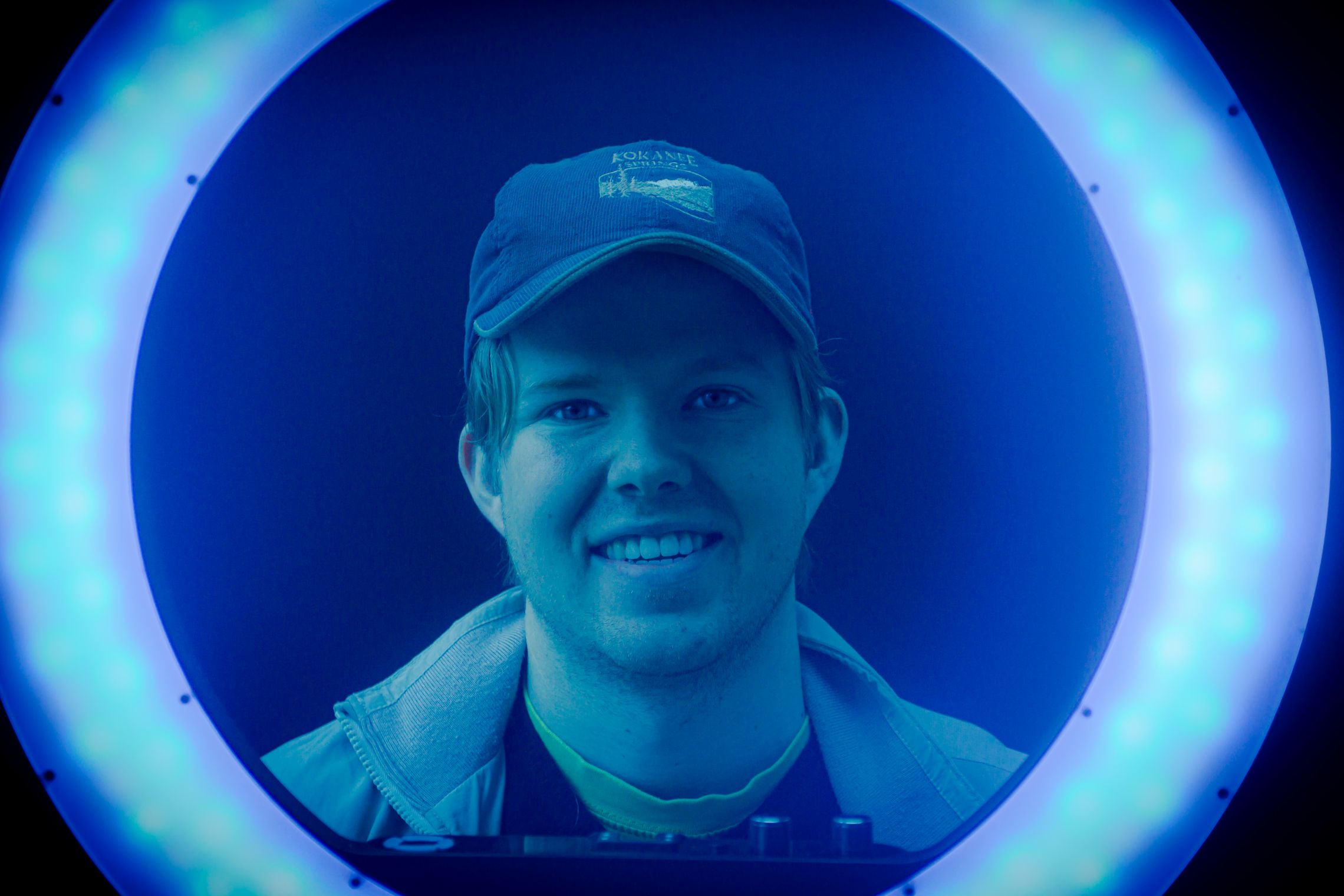


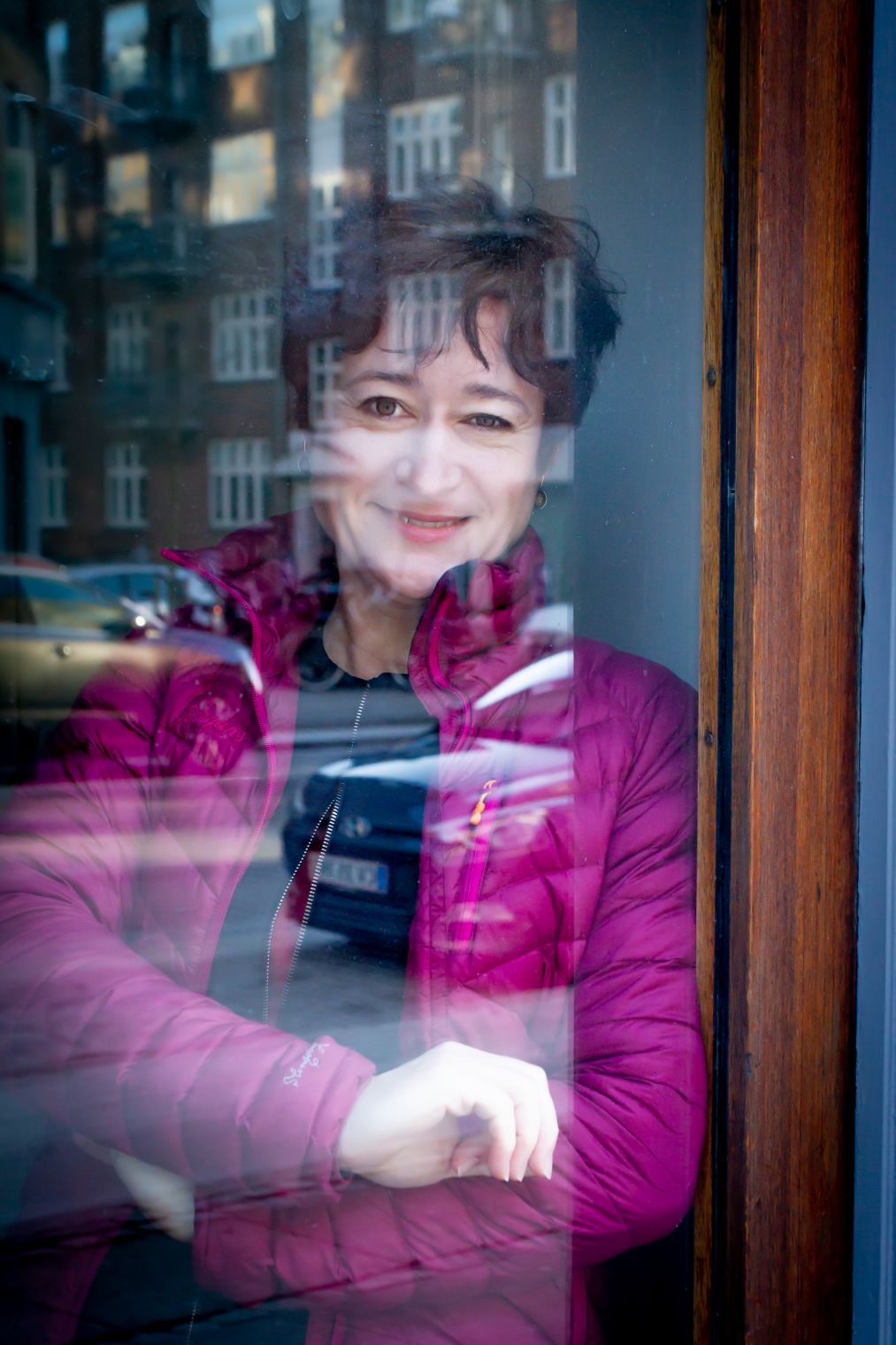
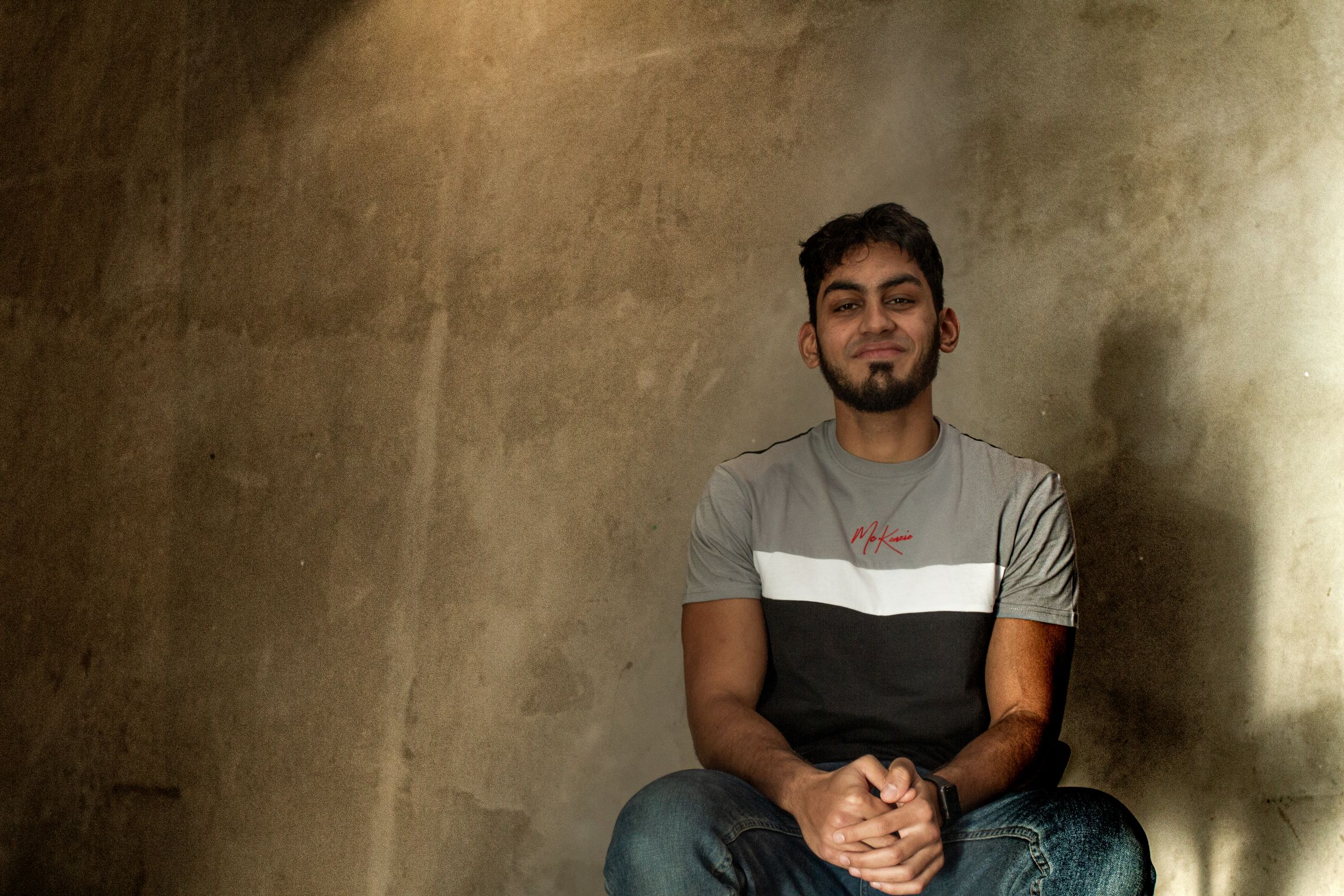

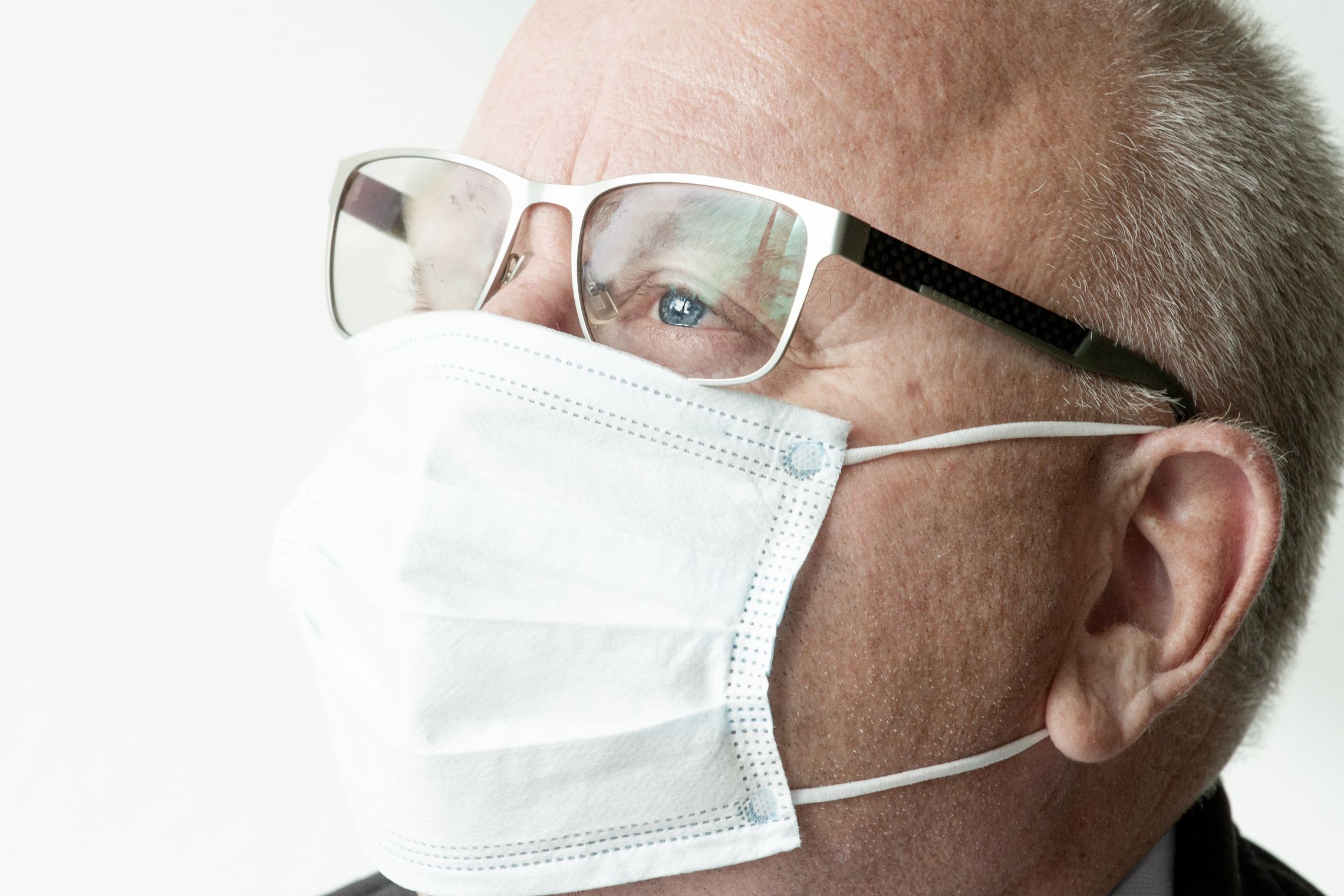








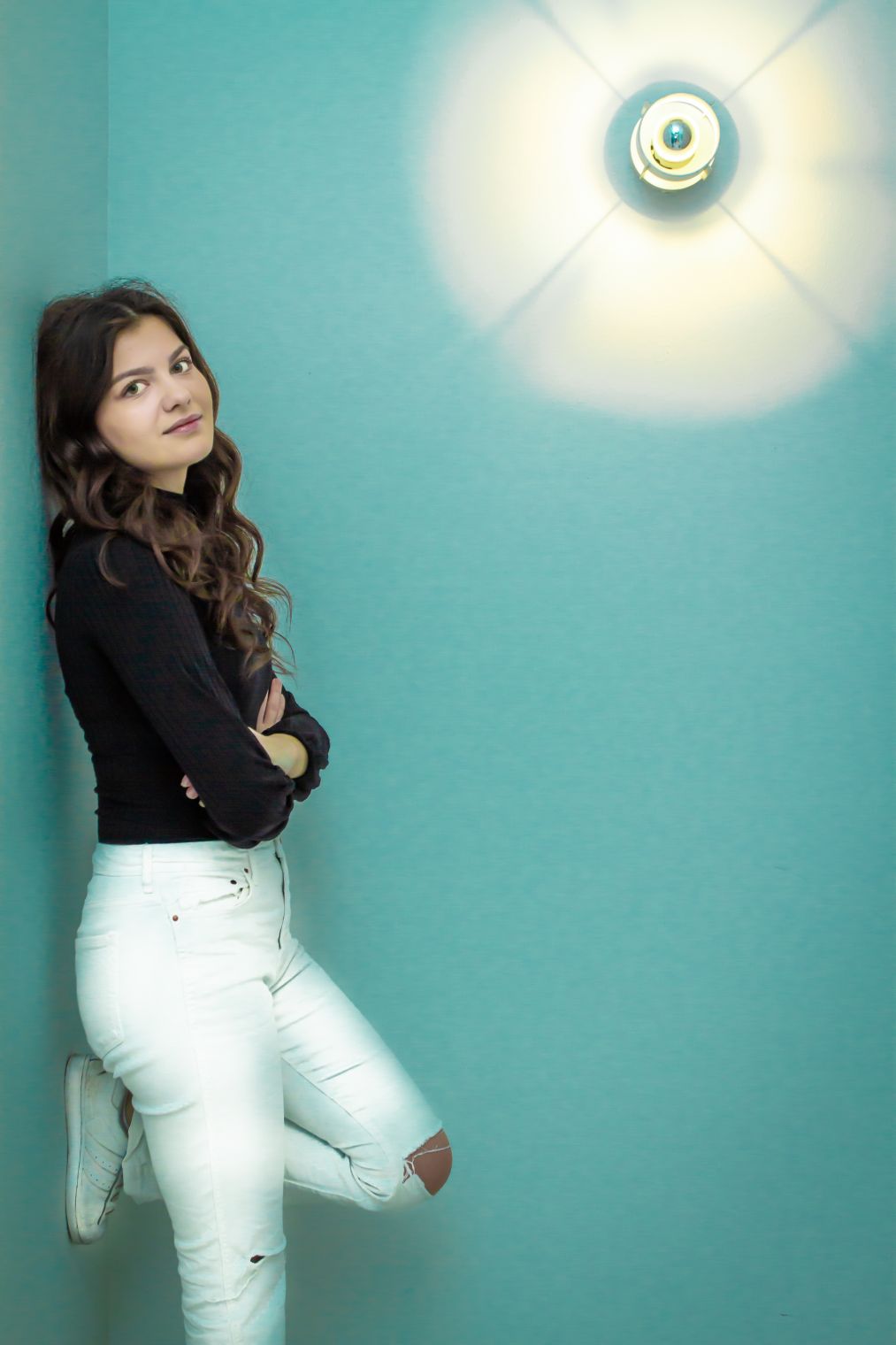

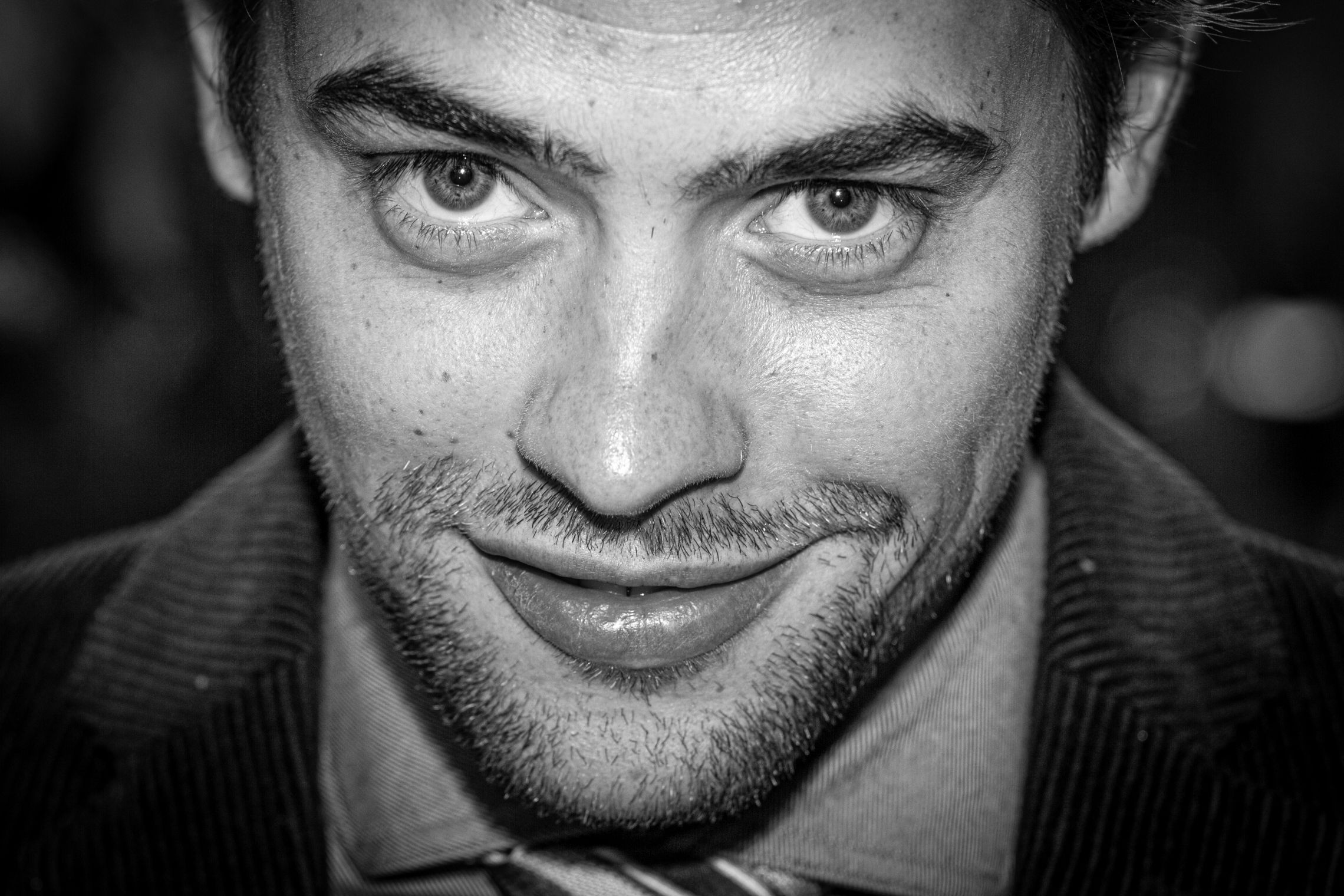

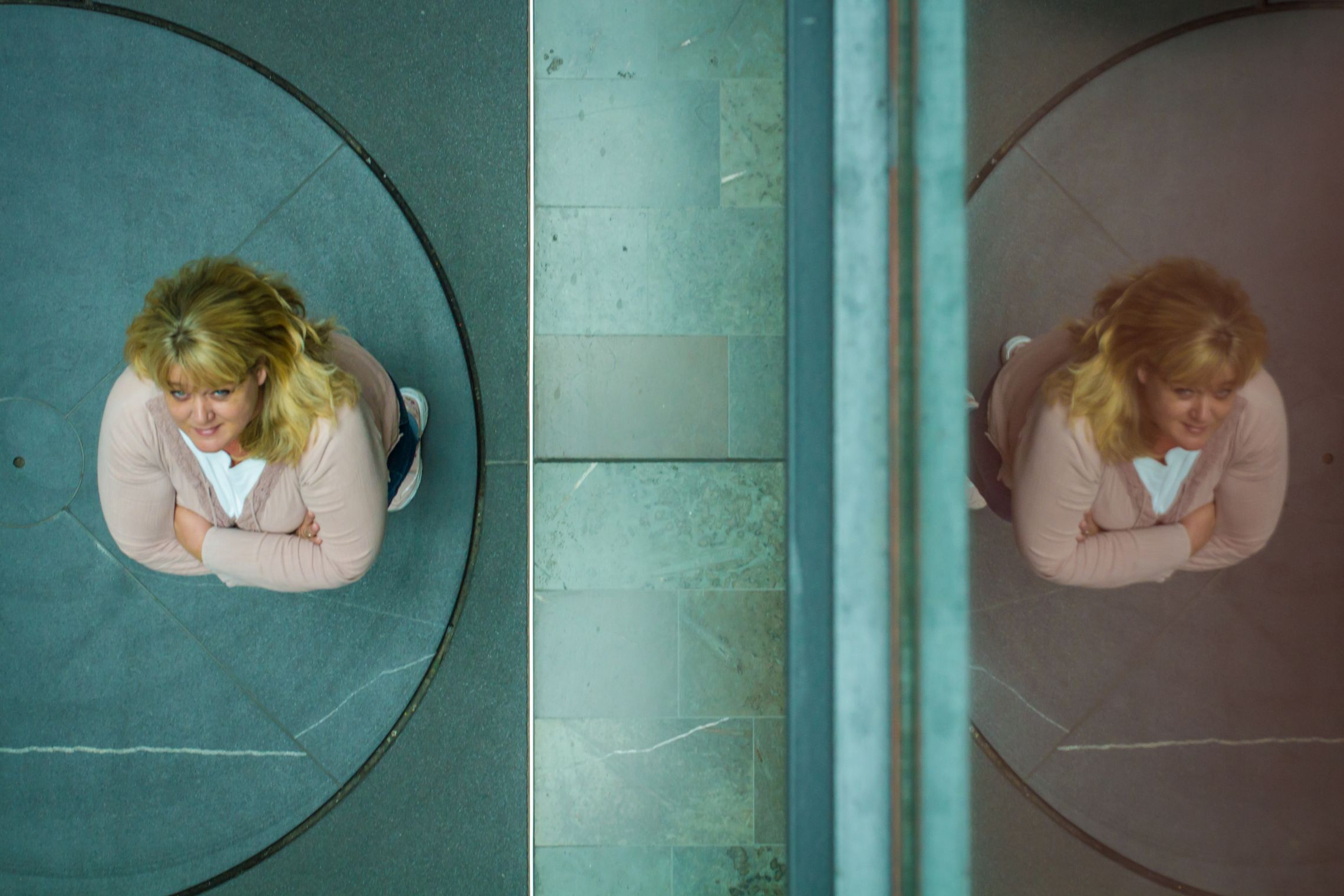

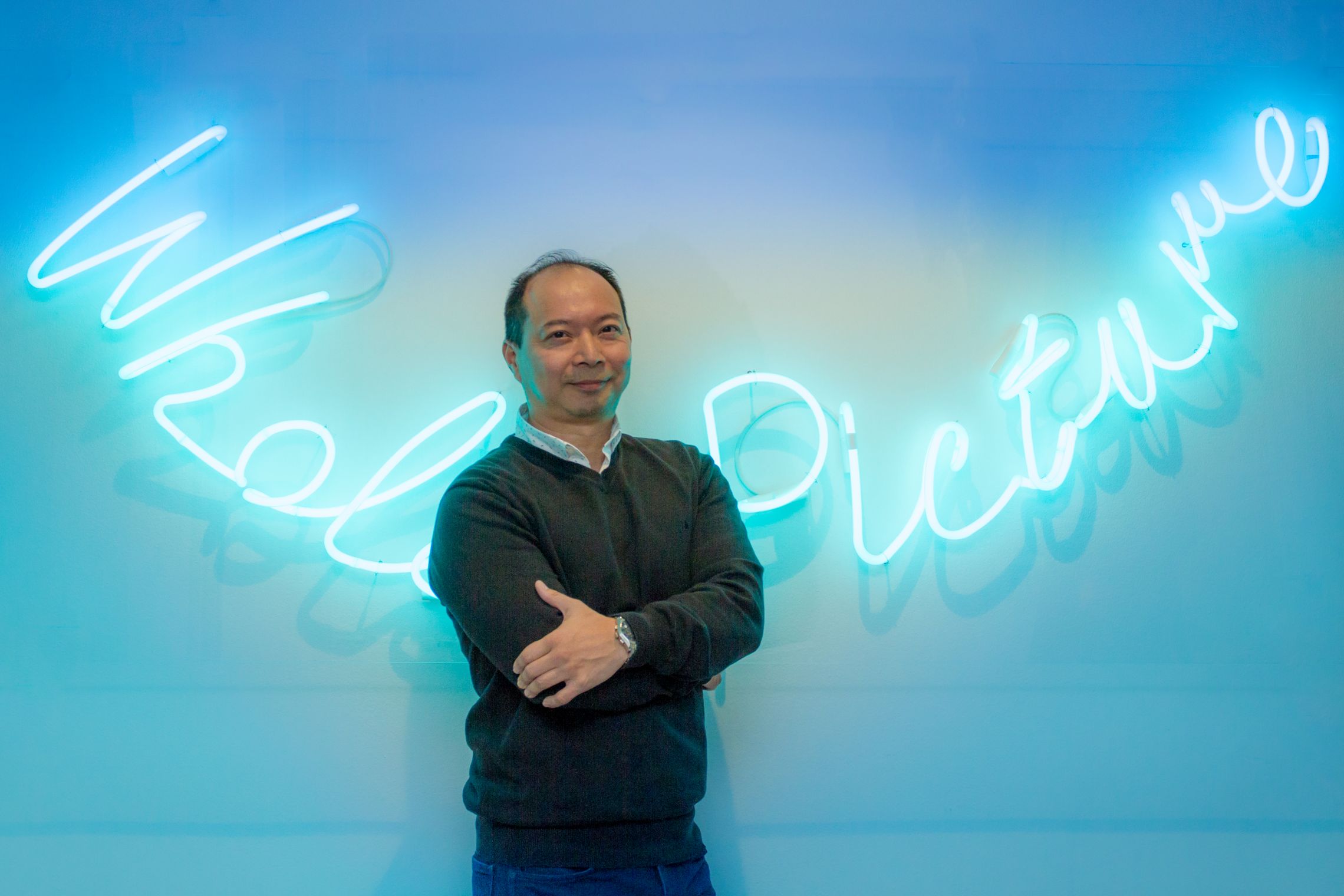


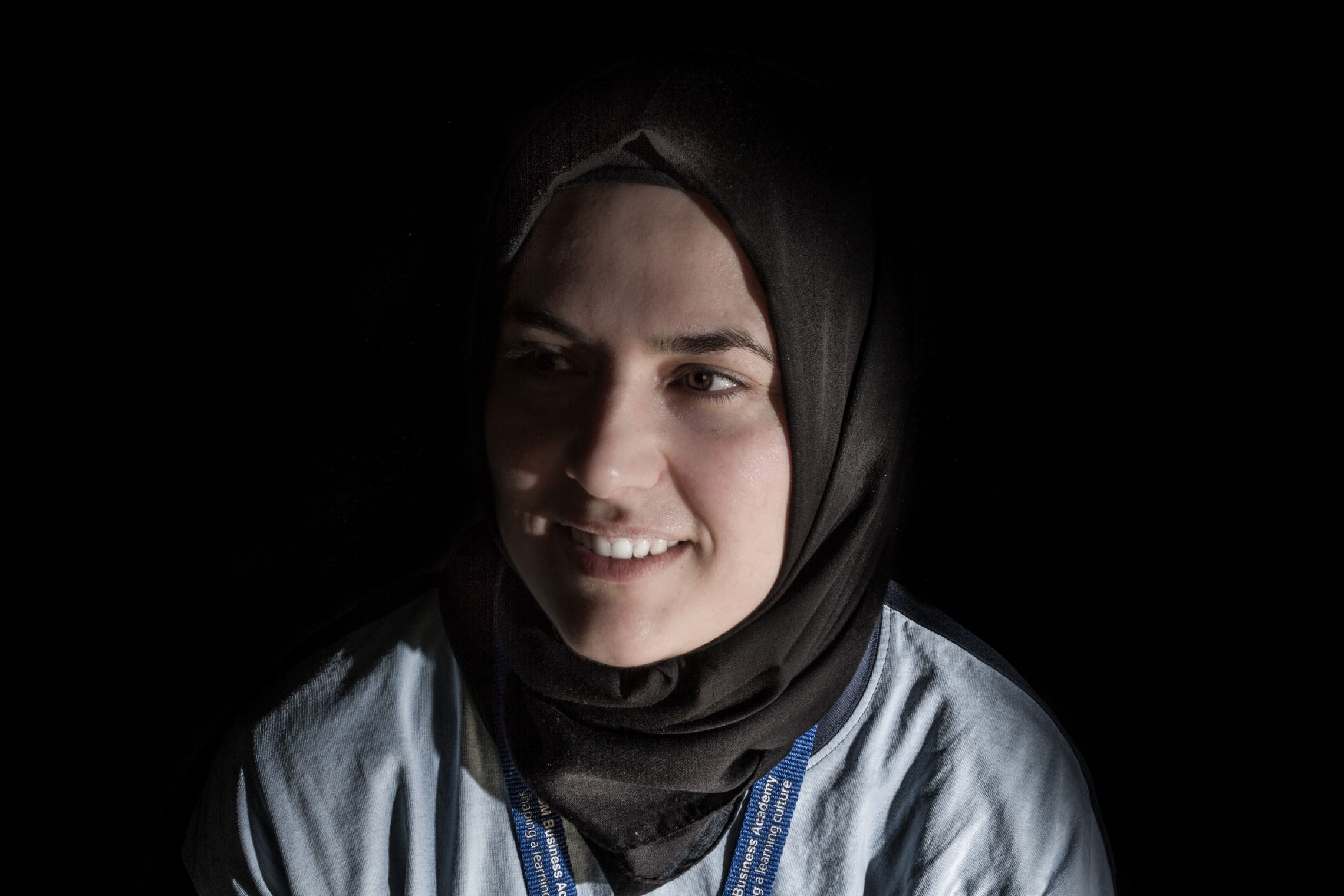

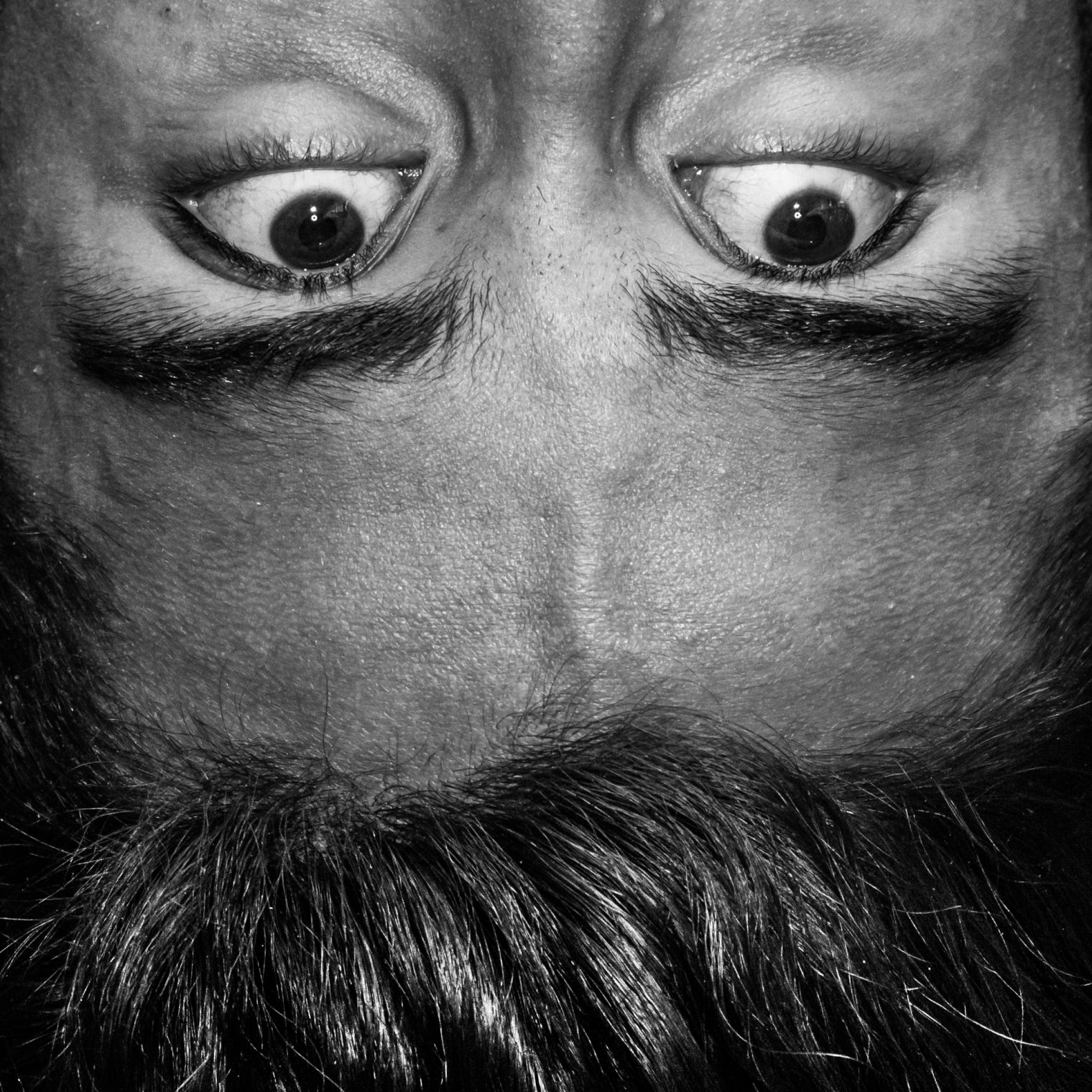




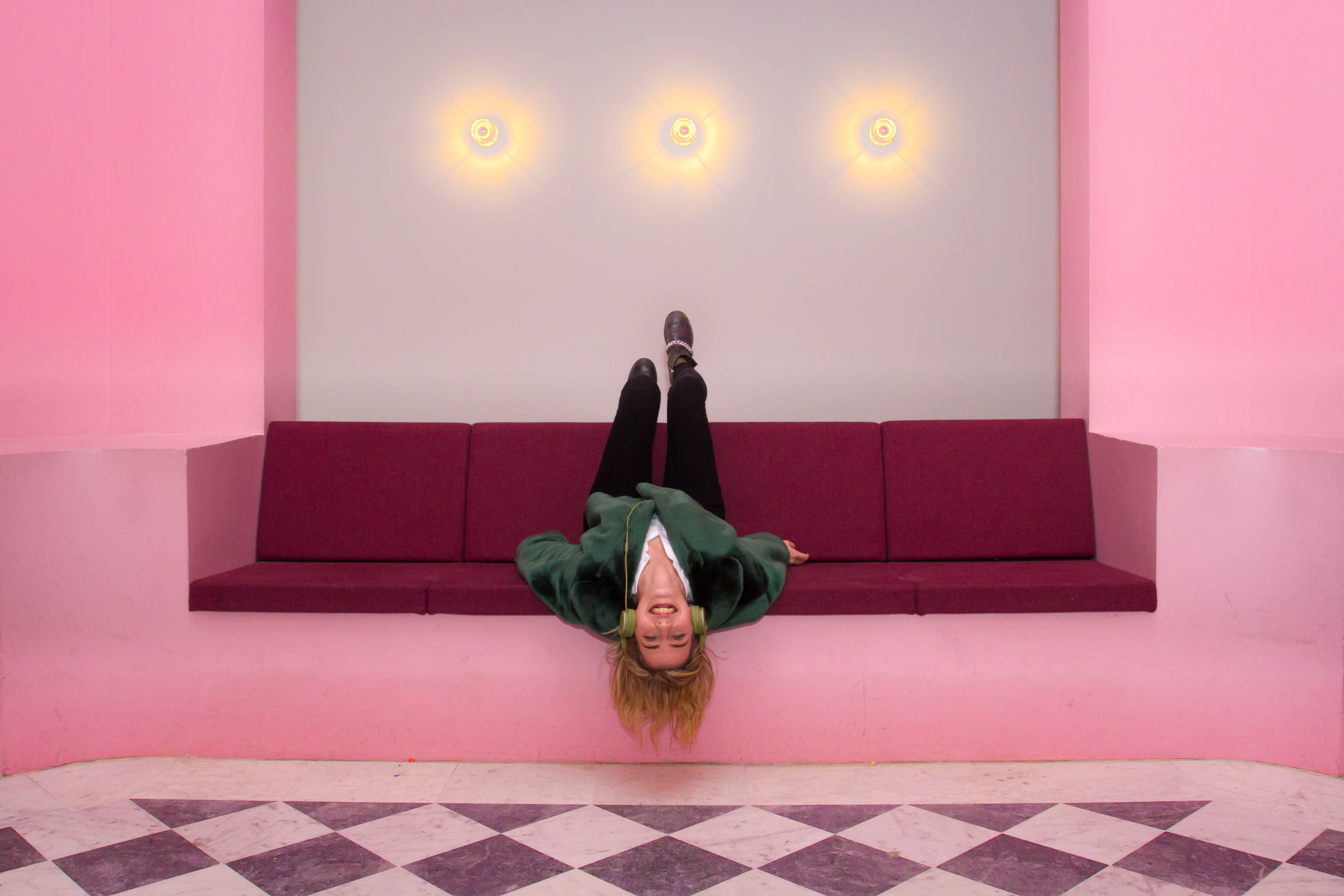








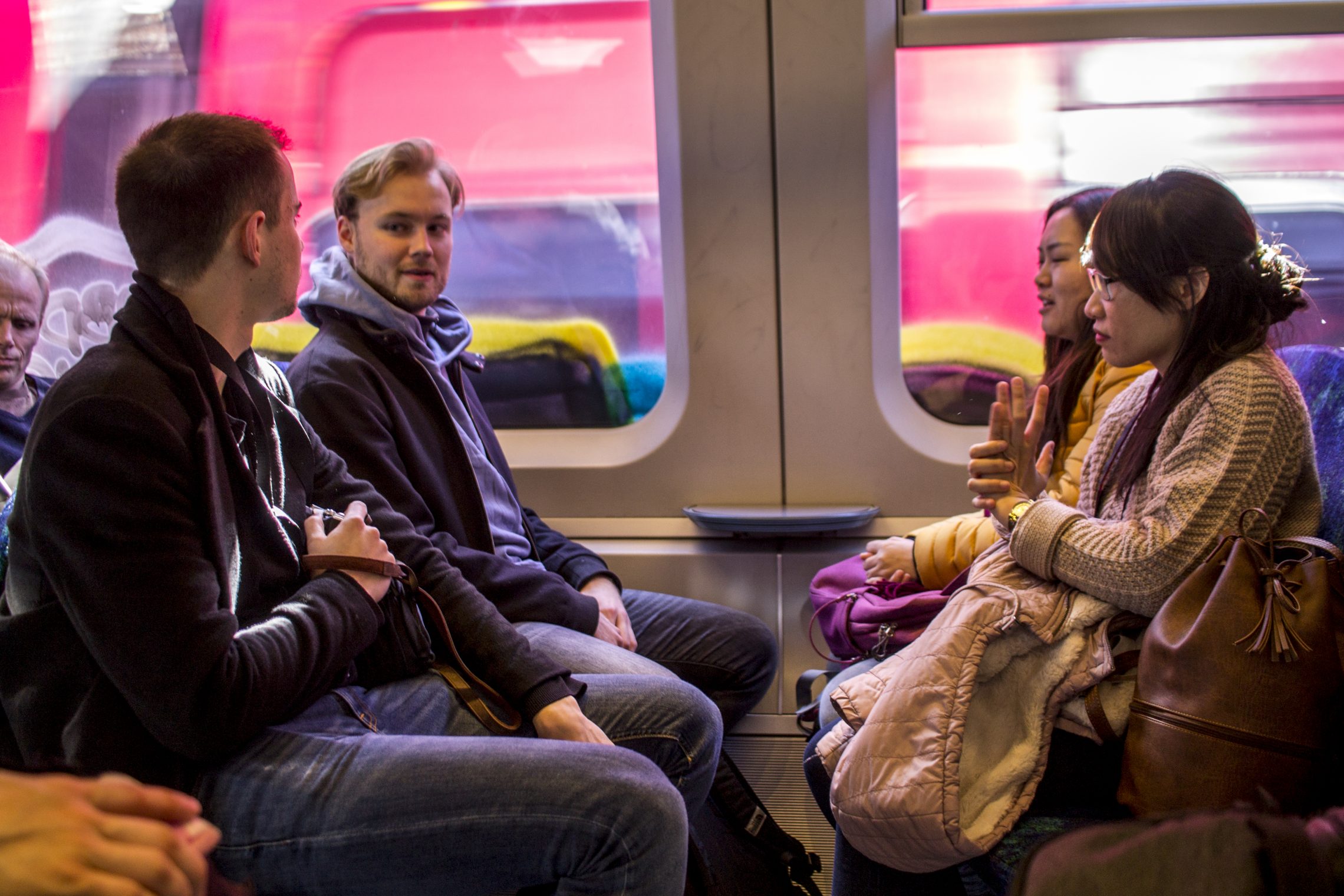



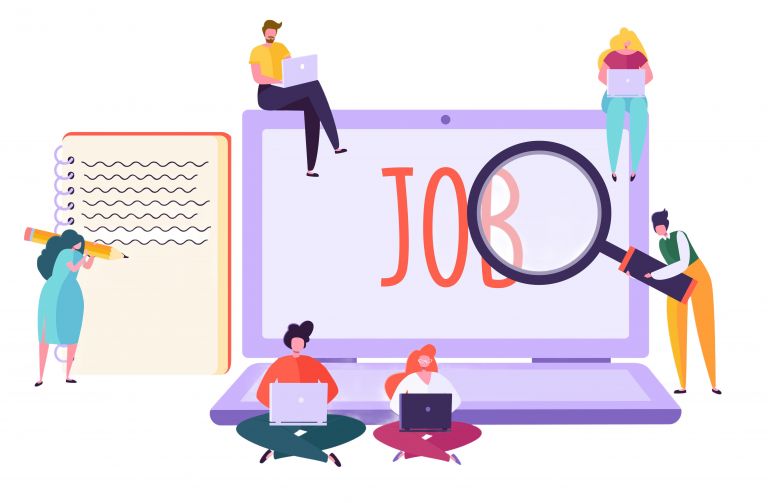



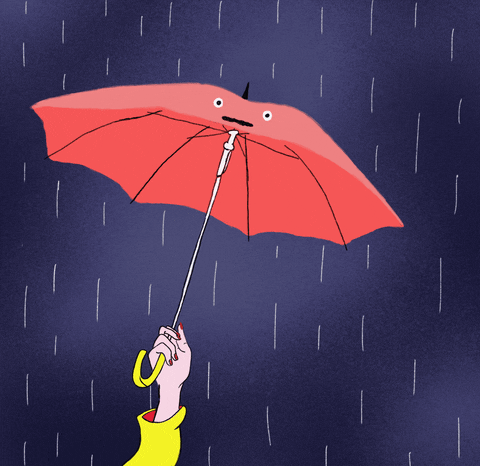


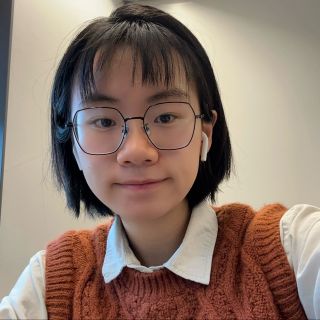
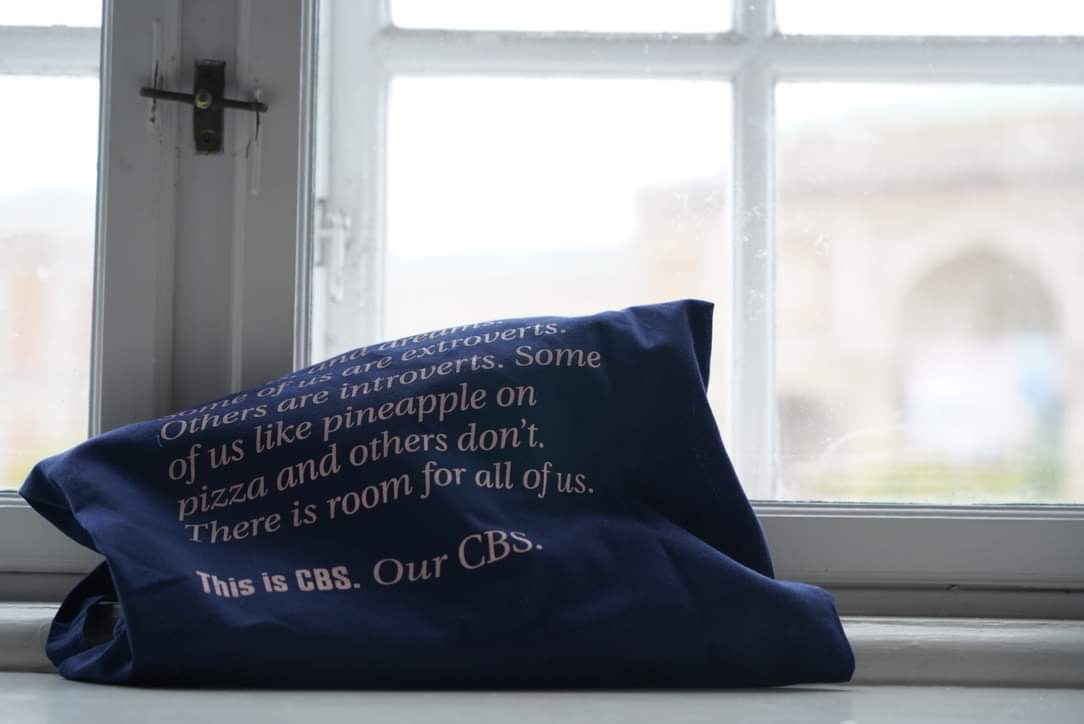

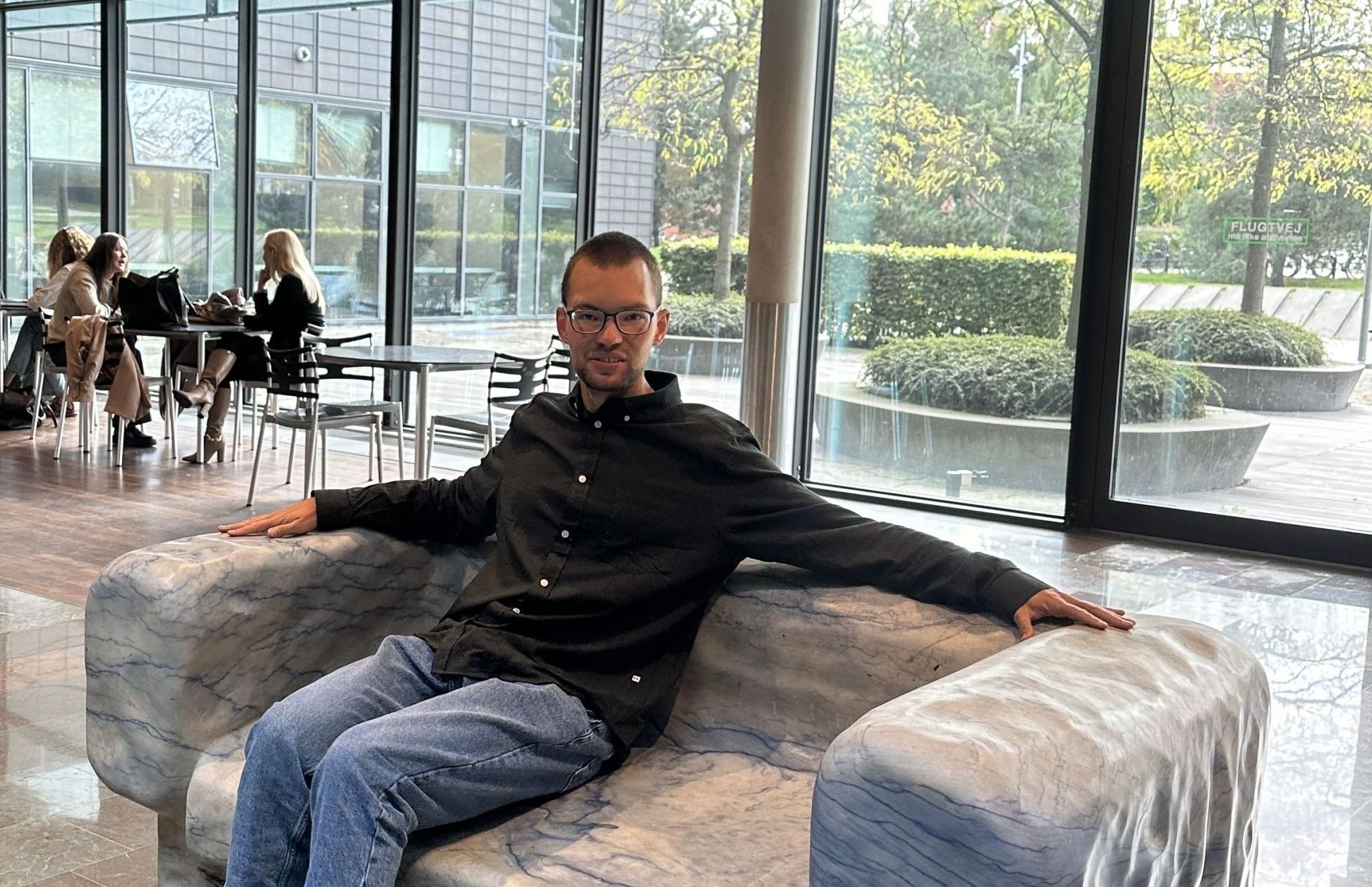
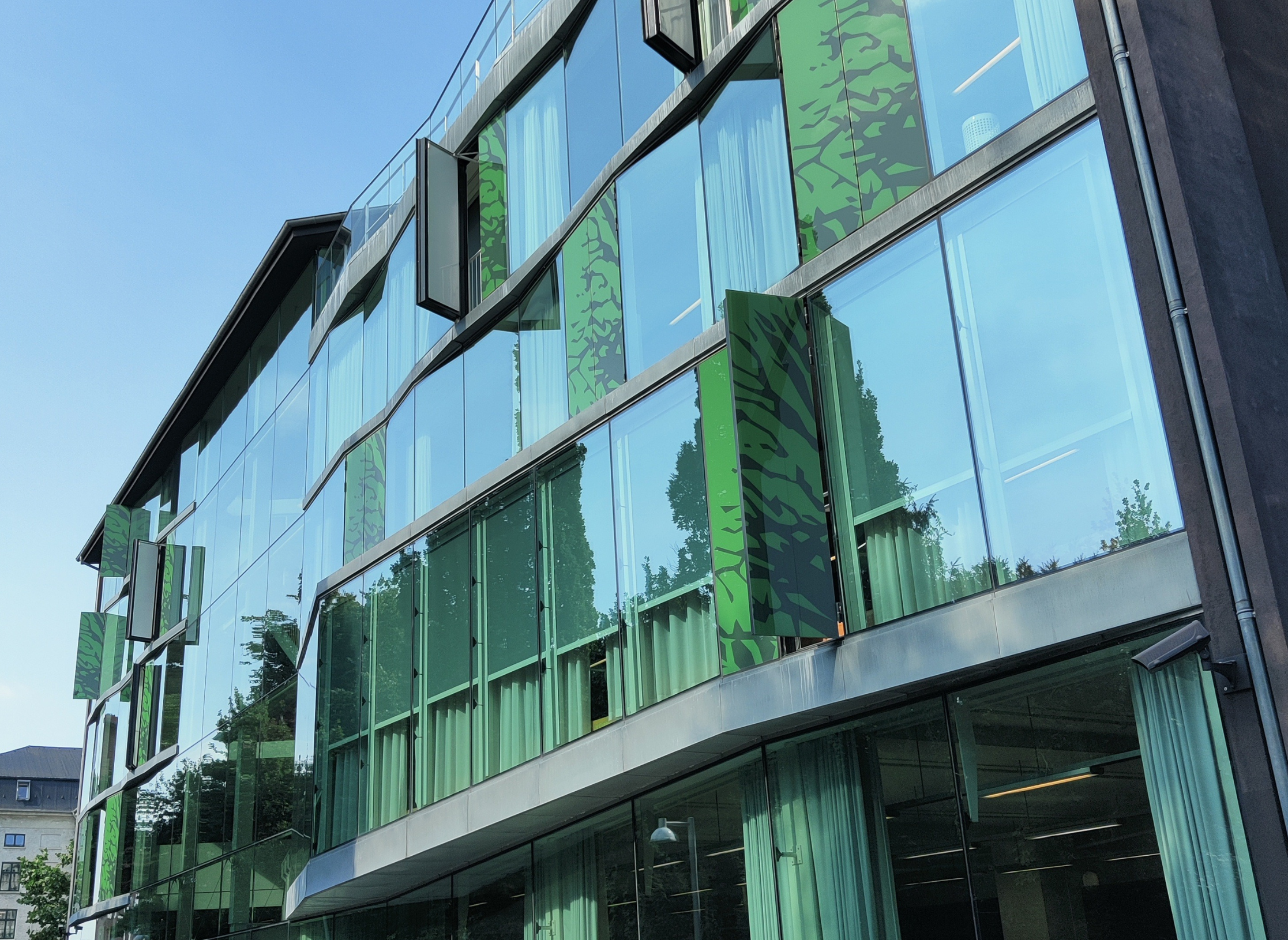

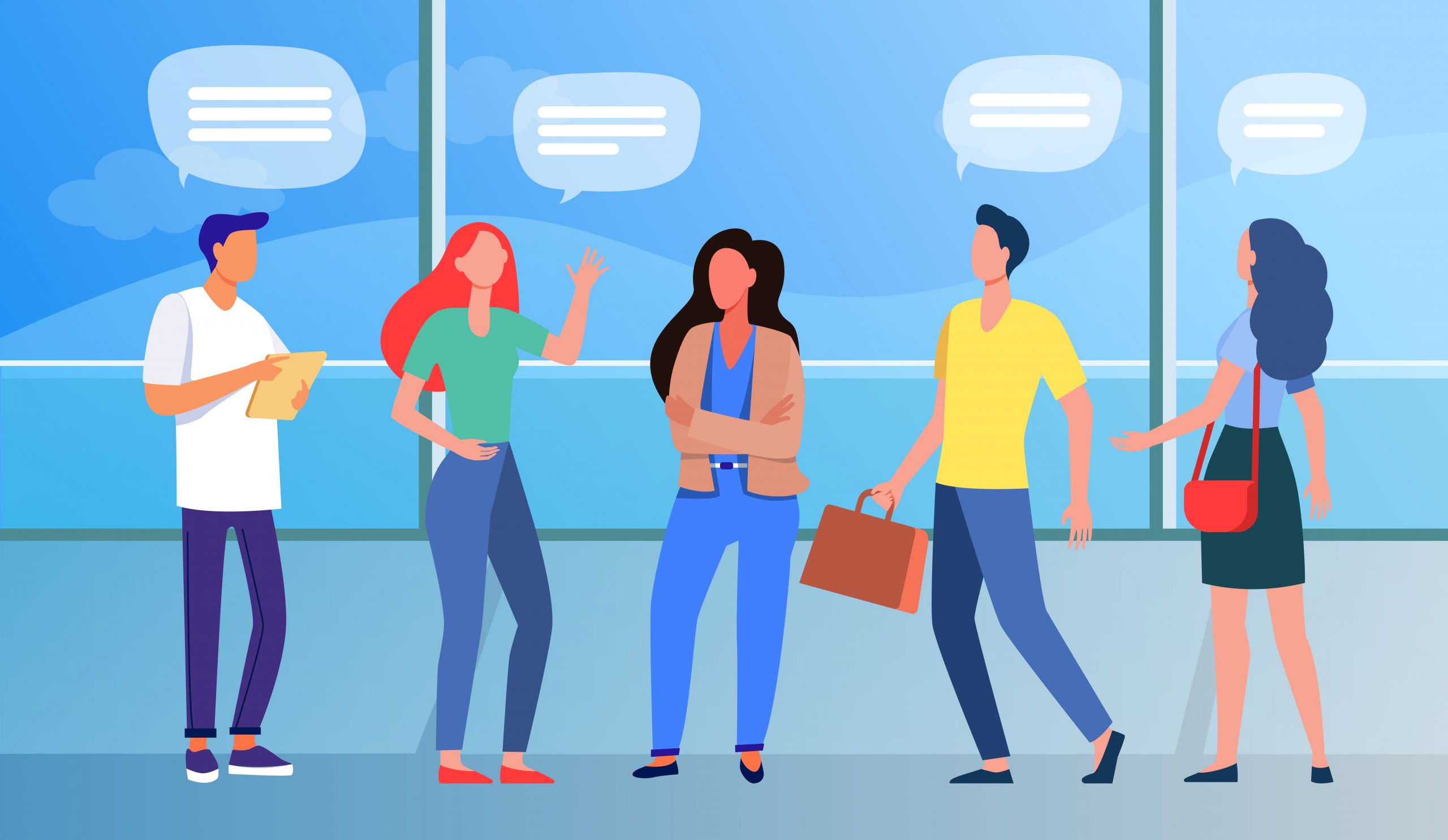



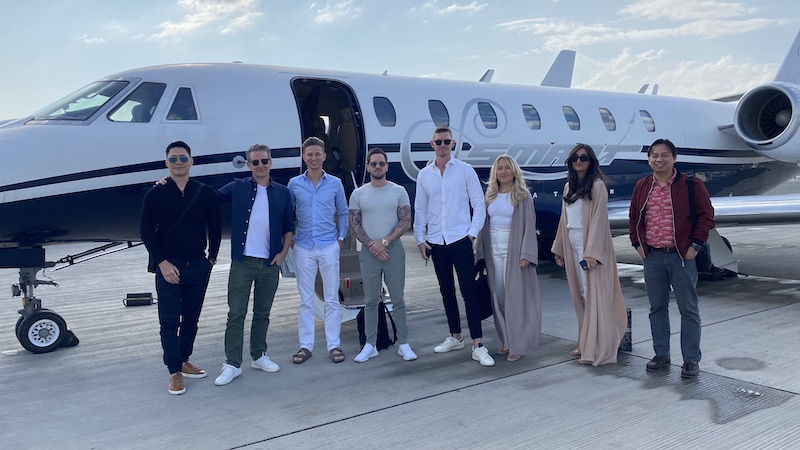

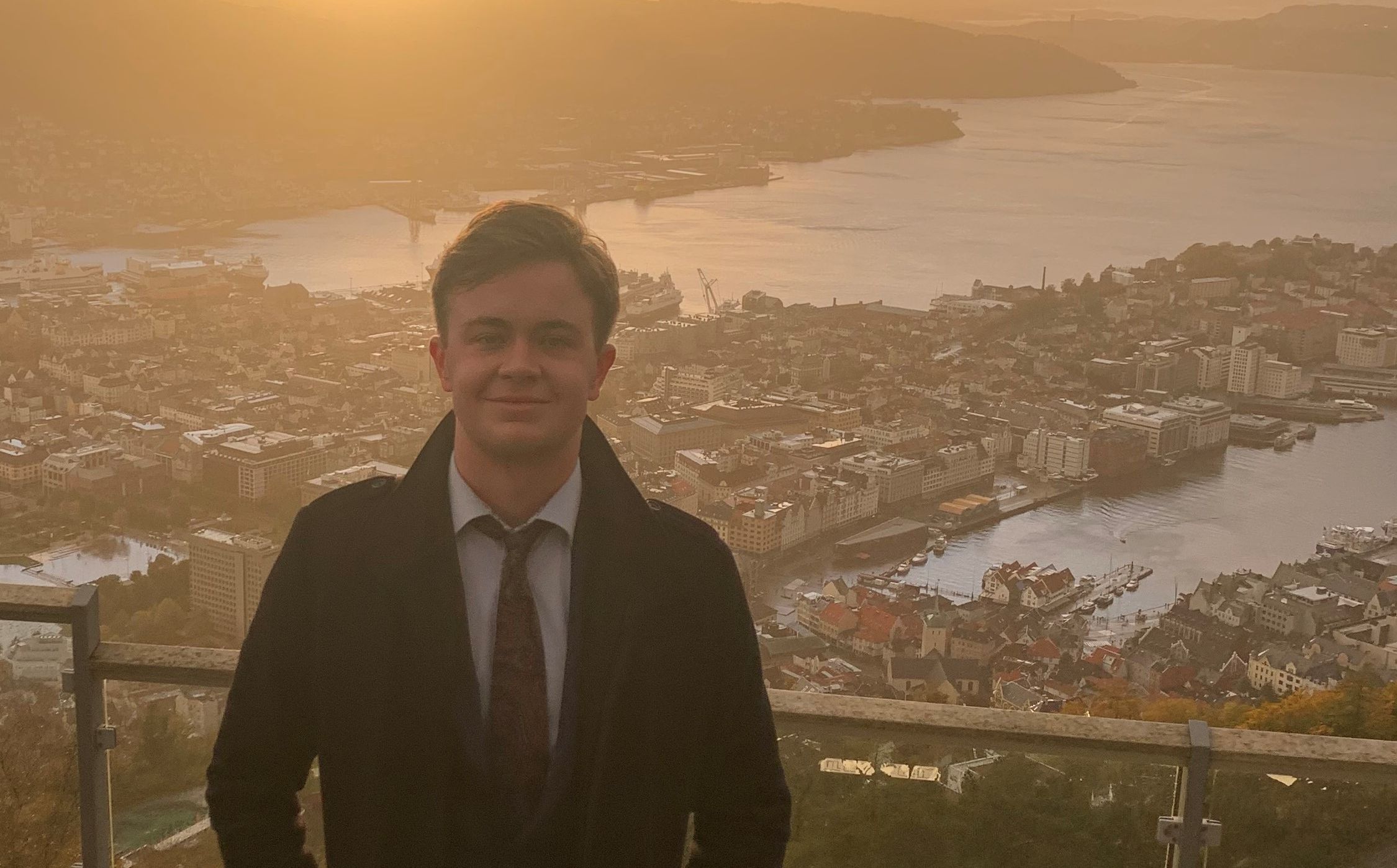










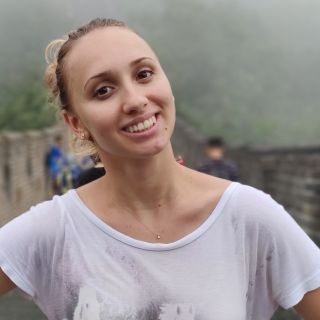



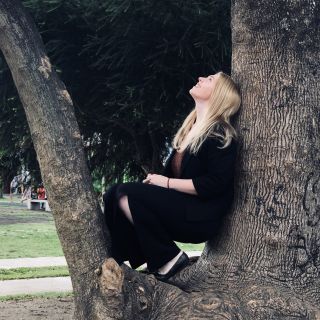






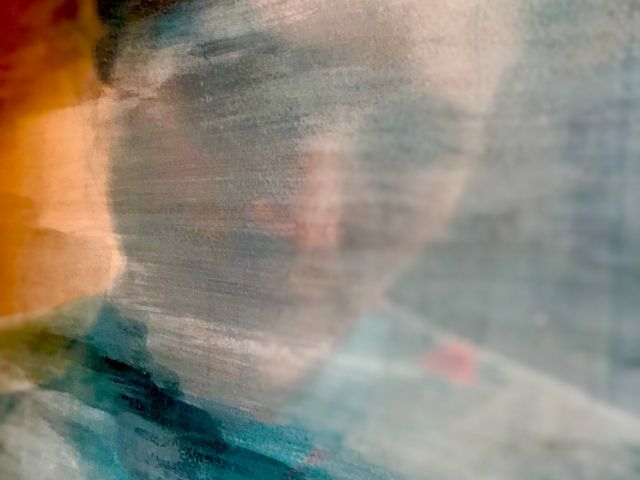

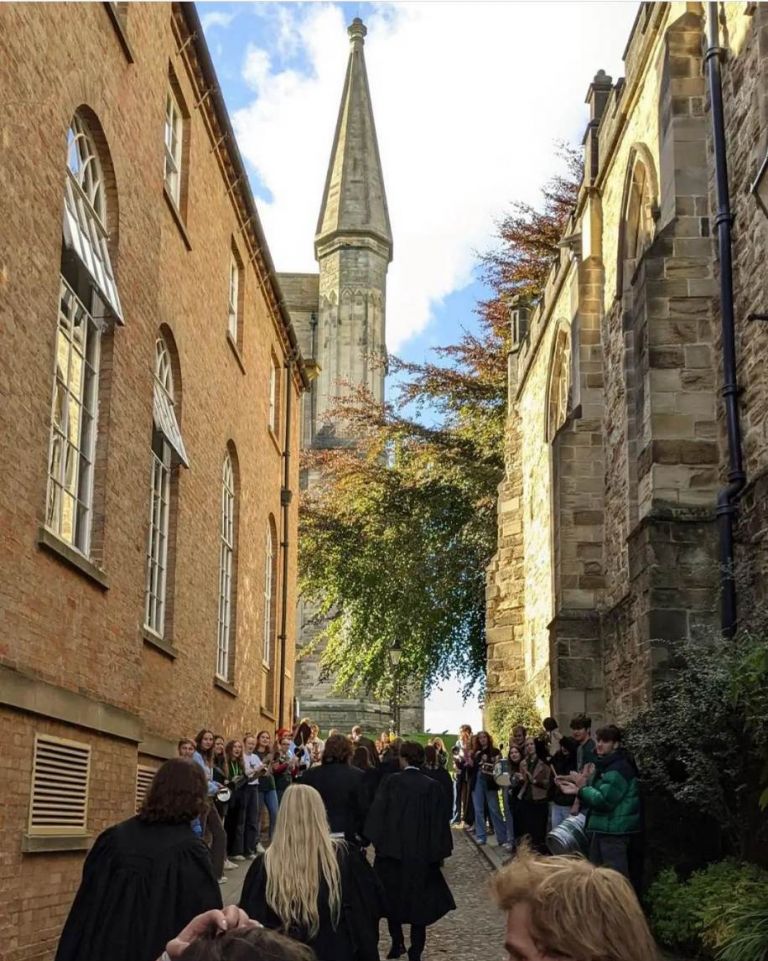

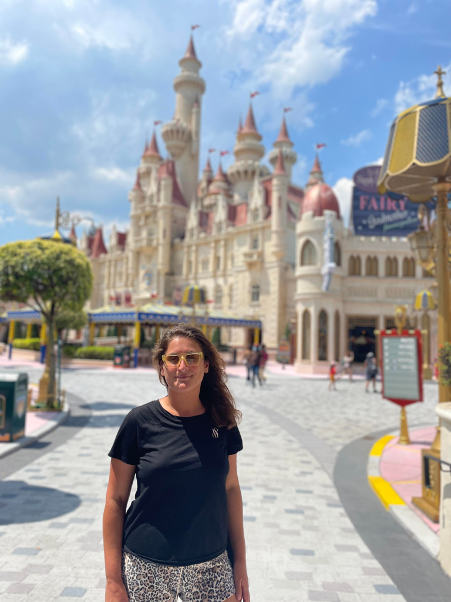




Comments